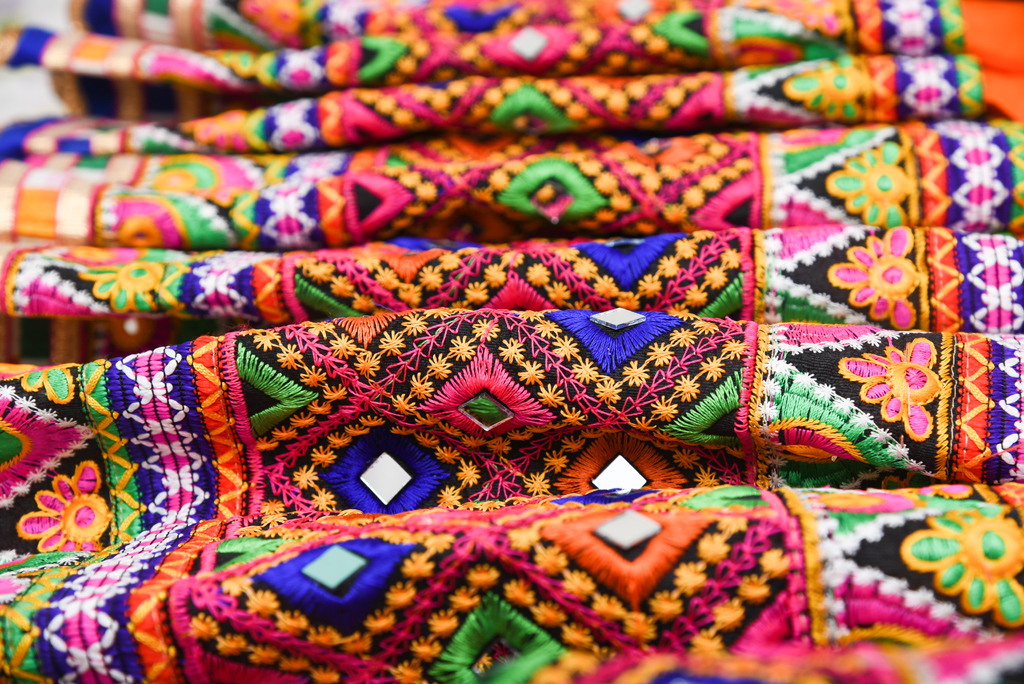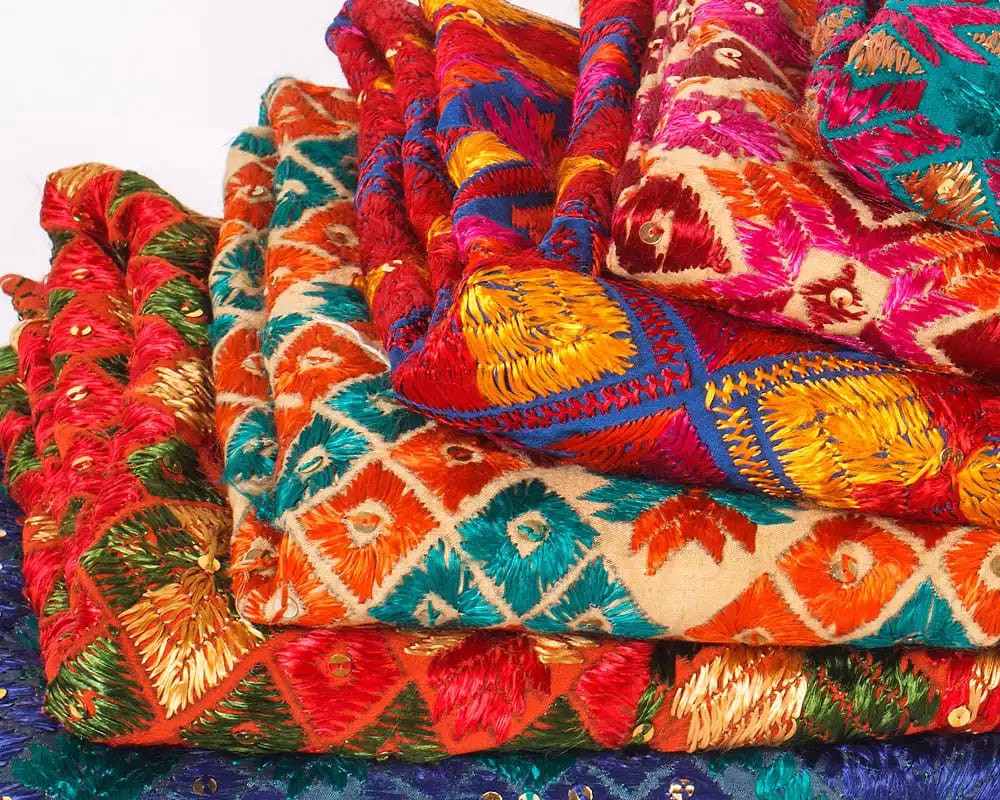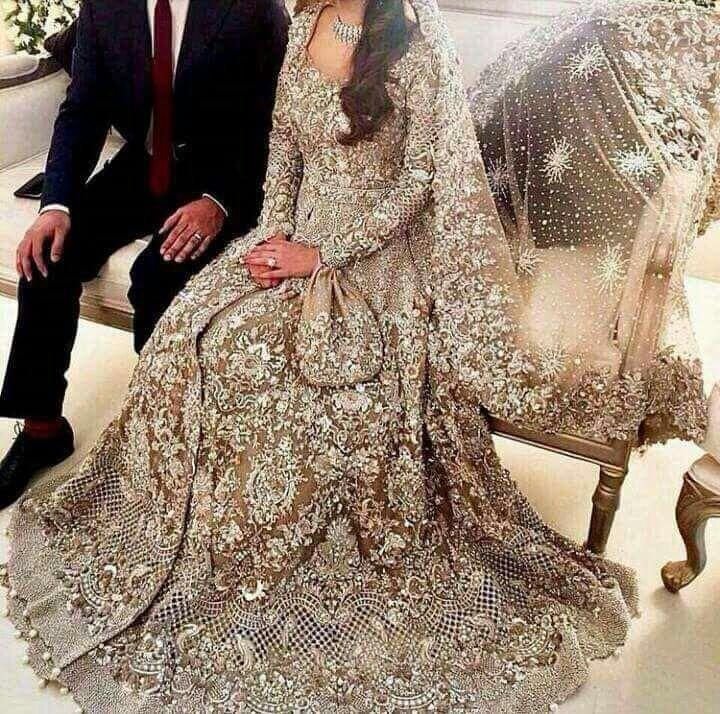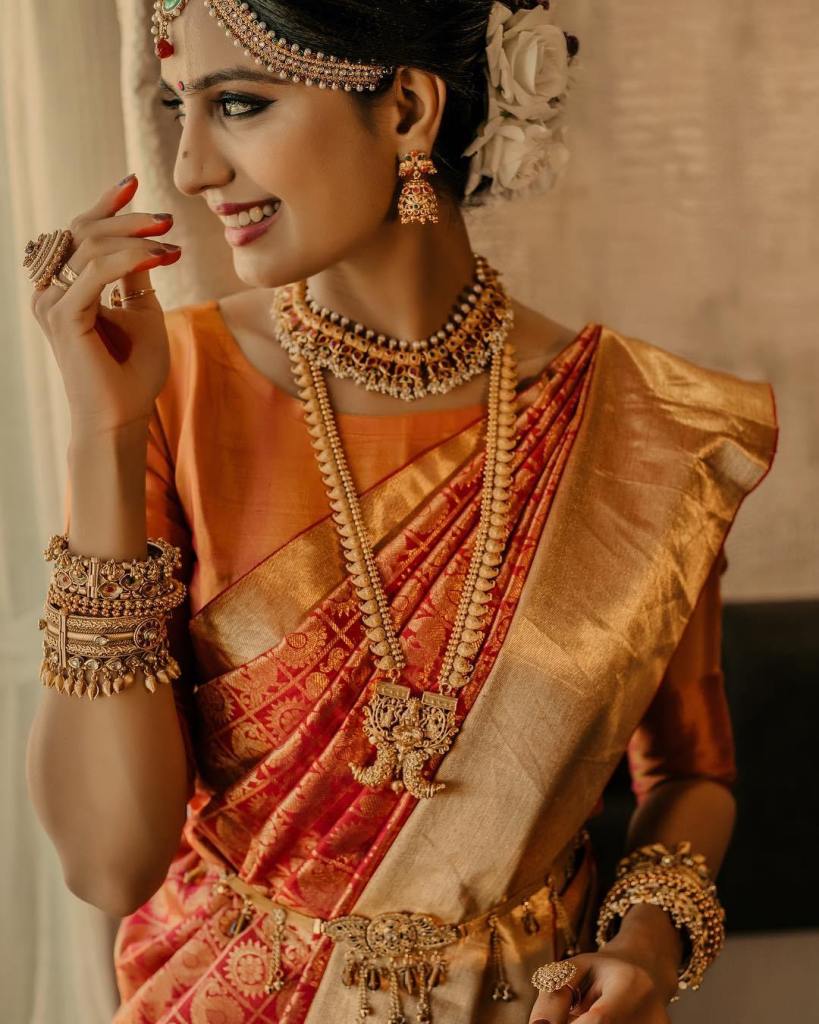© Copyright - B.M. House (India) Limited 2019
 It is a textile signature art tradition of the tribal community of Kutch, Gujarat. Practised generally by women, it is done on fabrics of cotton, in the form of a net using cotton or silk threads. It is also crafted over silk and satin. The types of stitches adopted are double buttonhole, square chain, pattern darning, running stitch, straight and satin stitches. The signature effect of the colourful embroidery sparkles when small mirrors called ‘abhla’ are sewn over geometrically shaped designs. There are six styles of it – Khaarek, Paako, Suf, Garasia Jat, Mutava and Rabari. Customised lehenga-cholis, dupattas, blouses or even sarees will set you doubly phenomenal in your wedding.
It is a textile signature art tradition of the tribal community of Kutch, Gujarat. Practised generally by women, it is done on fabrics of cotton, in the form of a net using cotton or silk threads. It is also crafted over silk and satin. The types of stitches adopted are double buttonhole, square chain, pattern darning, running stitch, straight and satin stitches. The signature effect of the colourful embroidery sparkles when small mirrors called ‘abhla’ are sewn over geometrically shaped designs. There are six styles of it – Khaarek, Paako, Suf, Garasia Jat, Mutava and Rabari. Customised lehenga-cholis, dupattas, blouses or even sarees will set you doubly phenomenal in your wedding. ‘Phulkari’ meaning ‘flower work’ is spun from the charkha with a spectacular style of embroidery patterned on odhnis, chunris, kurtis, sarees, cholis, lehengas, etc. The use of darn stitch on the wrong side of cloth with coloured silken thread is its main beauty. Motifs are used for nimble-fingered representation of the dear and sundry values of the state. Thread by thread, each motif is created in a geometric grid with a peculiar technique of coming out with a curvilinear final output. Long and short darn stitches are put to use for horizontal, vertical and diagonal thread work inspired by the routine of the artists, animals and flowers.
‘Phulkari’ meaning ‘flower work’ is spun from the charkha with a spectacular style of embroidery patterned on odhnis, chunris, kurtis, sarees, cholis, lehengas, etc. The use of darn stitch on the wrong side of cloth with coloured silken thread is its main beauty. Motifs are used for nimble-fingered representation of the dear and sundry values of the state. Thread by thread, each motif is created in a geometric grid with a peculiar technique of coming out with a curvilinear final output. Long and short darn stitches are put to use for horizontal, vertical and diagonal thread work inspired by the routine of the artists, animals and flowers.  Persian word ‘Zar’ meaning gold and ‘dozi’ meaning work is a mesmerising craft where pearls, sequins, beads, wire purls, spangles are couched on to the fabric with a needle. Immensely glittering and heavily encrusted embroidery, the use of ‘aari’ on rectangular wooden frames called ‘karchob’ makes its process one of a kind. The work is also known as ‘hathari’, ‘fancy kaam’ and ‘aari kaam’. Contemporary pieces such as handbags, lehengas, cholis, sarees, gathered skirts are all the way knocking your wedding door from this iconic handicraft of India, which leads you to perambulate through a gallery of breath-taking pieces.
Persian word ‘Zar’ meaning gold and ‘dozi’ meaning work is a mesmerising craft where pearls, sequins, beads, wire purls, spangles are couched on to the fabric with a needle. Immensely glittering and heavily encrusted embroidery, the use of ‘aari’ on rectangular wooden frames called ‘karchob’ makes its process one of a kind. The work is also known as ‘hathari’, ‘fancy kaam’ and ‘aari kaam’. Contemporary pieces such as handbags, lehengas, cholis, sarees, gathered skirts are all the way knocking your wedding door from this iconic handicraft of India, which leads you to perambulate through a gallery of breath-taking pieces. This nine-yard wonder, queen of silk is essentially a silk saree popular in South India. Owing to the thick fabric and deep colours mixed with hints of gold, this saree is a must-have for Indian weddings. These are woven from pure mulberry silk. While the Silk belongs to South India, pure gold and silver zari comes from Gujarat. The pallu, the border and the body of the sarees are generally woven separately and then interlocked together with much precision and neatness. The border of the sarees comprises motifs from temples, palaces, general paintings and body include pyramidal temple designs, mythological figurines, checks, stripes and floral butas.
This nine-yard wonder, queen of silk is essentially a silk saree popular in South India. Owing to the thick fabric and deep colours mixed with hints of gold, this saree is a must-have for Indian weddings. These are woven from pure mulberry silk. While the Silk belongs to South India, pure gold and silver zari comes from Gujarat. The pallu, the border and the body of the sarees are generally woven separately and then interlocked together with much precision and neatness. The border of the sarees comprises motifs from temples, palaces, general paintings and body include pyramidal temple designs, mythological figurines, checks, stripes and floral butas.